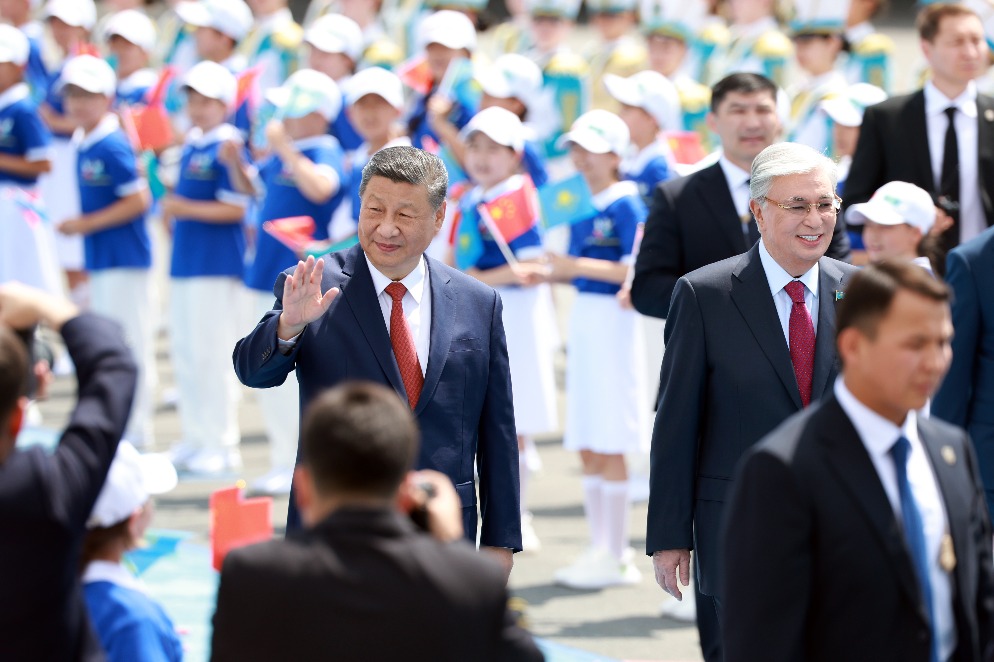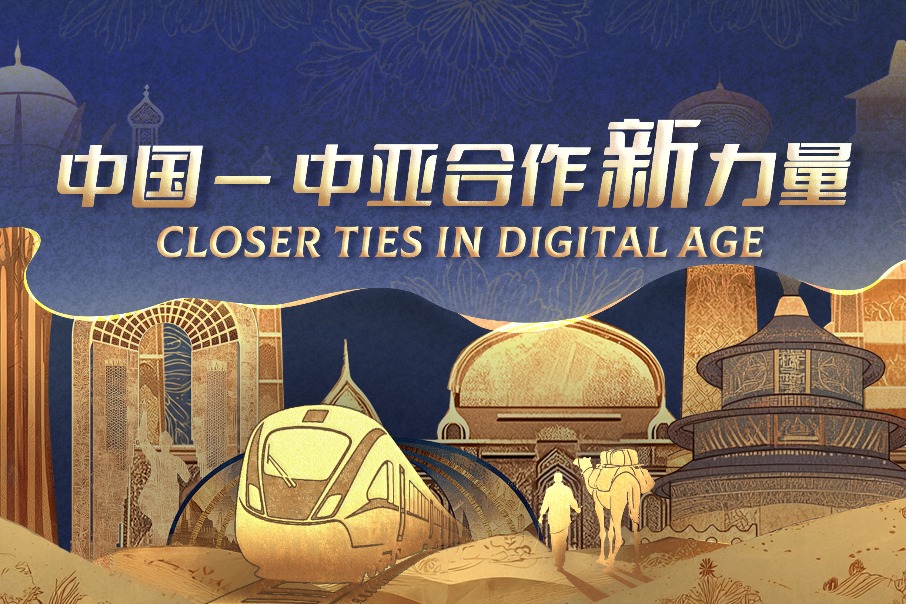Mountain of relics


Tale of two cities
In the first century BC, following the orders of a Western Han Dynasty (206 BC-AD 24) emperor, tens of thousands of soldiers left their homes in present-day Gansu province and moved further west to settle down in today's Turpan by the southern slopes of Tianshan. They defended the frontier area and turned farmers in their spare time.
This settlement of soldiers grew to become a key point on the Silk Road and witnessed communication among various ethnic groups for almost 1,500 years. It is referred to as the Gaochang (Qocho) city ruins today.
Chen Aifeng, deputy director of Academia Turfanica, a Turpan-based research institute focusing on regional heritage, sees the city as a rare demonstration of glory of the Tang Dynasty, the pinnacle of Chinese imperial years, and its great ambition to connect with the rest of the world.
Mimicking the layout of Chang'an (present-day Xi'an, Shaanxi province), the capital of Tang, Gaochang's walls, gates, temples and even marketplaces can easily help one reminisce about the golden days.
"The ancient Silk Road was not really one 'express route' via which people covered thousands of kilometers at one go, like taking a long-haul direct flight from China to Europe," Chen says.
"Merchants traveled for relatively short distances every time to do business. Gaochang thus became an intersection where silk, spices and other products from Central China and West Asia were traded, and where people also exchanged ideas," Chen explains.
Gaochang had both company and competition. The well-preserved Jiaohe (Yarkhoto) city ruins were found just 50 kilometers away. The facade may be eroded, but it does not conceal Jiaohe's magnificent past.
As a fortress atop a steep cliff, the city was built by digging the ground rather than being built up. It is among the world's oldest and largest cities structured in this fashion.
Like Beiting, the Gaochang and Jiaohe ruins also have been included in the World Heritage Site list as segments of the Chang'an-Tianshan Corridor. In Chen's eyes, the pair is of incomparable significance because they mirror the lasting devotion of the central Chinese dynasties to securing stability and prosperity of Xiyu.
In 640, the Protectorate General to Pacify the West-the highest administrative body governing Xiyu-was set up by the Tang Dynasty in Jiaohe, but Chen says that centuries before this milestone event, regional regimes controlling Turpan were deeply influenced by Central China.
For example, during the Sixteen Kingdoms (304-439) period, Confucianism, Taoism and Buddhism found a way to coexist in harmony amid conflicts and chaos. Political and social systems of central Chinese dynasties were also introduced there. "The sites are thus solid historical evidence of our country's rule in the region," adds Chen.
























